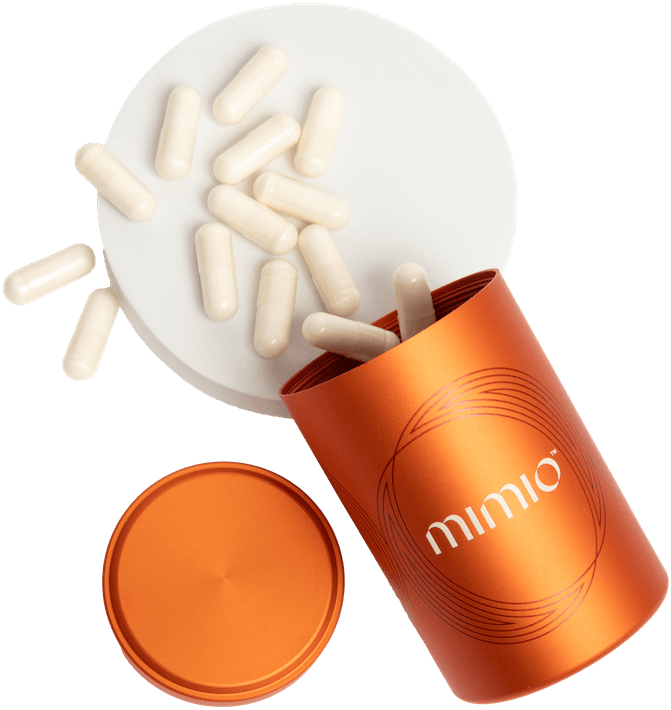Introduction
Ever heard of the protein pacing diet and wondered what all the buzz is about? You’re not alone! This diet strategy has gained popularity for its impressive health benefits, particularly among those looking to boost their metabolism, improve muscle mass, and enhance overall health. In this article, we'll dive into what the protein pacing diet is, how it works, and the benefits it can offer you.
What is a Protein Pacing Diet?
The protein pacing diet revolves around the strategic consumption of protein at regular intervals throughout the day. Instead of loading up on protein in one or two meals, this diet advocates for spreading your protein intake across four to six meals. This method helps to maintain a steady supply of amino acids to the muscles, which is crucial for muscle repair, growth, and overall metabolism.
Key Principles of Protein Pacing:
- Frequent Protein Intake: Consuming protein every 3-4 hours
- High-Quality Protein Sources: Opting for lean meats, dairy, eggs, legumes, and plant-based proteins
- Balanced Meals: Combining protein with healthy fats and carbohydrates for a well-rounded diet
How Does the Protein Pacing Diet Work?
The science behind the protein pacing diet is rooted in how our bodies metabolize protein.. When you consume protein, it is broken down into amino acids, which is then used by the body for various functions including muscle repair, enzyme production, and hormone synthesis.
- Muscle Protein Synthesis (MPS):
- By consuming protein at regular, more frequent intervals, you keep the process of muscle protein synthesis (MPS) active throughout the day. This is essential for muscle maintenance and growth, especially if you're active or looking to build muscle¹
- Satiety and Weight Management:
- Protein is known for its satiating effects. Regular protein intake helps control hunger pangs, reduces the likelihood of overeating, and aids in weight management²
- Thermic Effect of Food (TEF):
- The body uses more energy to digest protein compared to fats and carbohydrates. This is known as the thermic effect of food (TEF). By consuming protein regularly, you increase your metabolic rate, which can contribute to weight loss over time³
Benefits of the Protein Pacing Diet
The benefits of adopting a protein pacing diet are vast. Here are some of the top reasons why this dietary approach could be beneficial for you:
1. Enhanced Muscle Growth and Repair
- Regular protein intake supports continuous muscle protein synthesis, crucial for those engaged in regular physical activity or strength training. This diet helps in quicker recovery and enhanced muscle growth⁴
2. Improved Metabolism
- Protein has a higher thermic effect compared to other macronutrients. Regular protein consumption can boost your metabolism, aiding in weight management and fat loss⁵
3. Better Satiety and Reduced Cravings
- Frequent protein intake can help you feel fuller for longer, reducing the temptation to snack on unhealthy foods and making it easier to stick to your dietary goals
4. Stabilized Blood Sugar Levels
- Combining protein with other macronutrients helps in stabilizing blood sugar levels, preventing the spikes and crashes that lead to energy slumps and cravings
5. Supports Healthy Aging
- Maintaining muscle mass is crucial as we age. The protein pacing diet helps preserve muscle mass, supporting mobility and overall health in the long run
How to Implement the Protein Pacing Diet
Ready to give the protein pacing diet a try? Here’s how you can get started:
1. Calculate Your Protein Needs
- The recommended dietary allowance (RDA) for protein is 0.013 ounces per pound of body weight. However, for those on a protein pacing diet, aiming for 0.019 to 0.032 ounces per pound of body weight might be more beneficial, especially for active individuals.
2. Plan Your Meals
- Spread your protein intake evenly across 4-6 meals. This could mean having a protein-rich breakfast, mid-morning snack, lunch, afternoon snack, dinner, and an evening snack
3. Choose High-Quality Protein Sources
- Focus on lean meats, dairy, eggs, legumes, and plant-based proteins. Incorporate a variety of protein sources to ensure you're getting a range of amino acids
4. Incorporate Protein into Snacks
- Snacks are a great way to add extra protein to your diet. Think Greek yogurt, cottage cheese, protein shakes, or a handful of nuts and seeds
5. Stay Consistent
- Consistency is key with the protein pacing diet. Ensure you're consuming protein regularly throughout the day to maximize the benefits
Example Meal Plan
To give you a practical idea of how to structure your meals, here’s a sample meal plan for a day on the protein pacing diet:
- Breakfast: Scrambled eggs with spinach and a slice of whole-grain toast
- Mid-Morning Snack: Greek yogurt with berries and a sprinkle of chia seeds
- Lunch: Grilled chicken breast with quinoa and mixed vegetables
- Afternoon Snack: A protein shake or a handful of almonds
- Dinner: Baked salmon with sweet potatoes and steamed broccoli
- Evening Snack: Cottage cheese with a drizzle of honey and sliced fruit
Potential Challenges and How to Overcome Them
While the protein pacing diet offers numerous benefits, it can also come with its set of challenges. Here are some common obstacles and tips to overcome them:
1. Meal Prep and Planning
- Planning and preparing multiple meals a day can be time-consuming. Consider meal prepping on weekends or days off to have ready-to-eat meals and snacks throughout the week
2. Digestive Issues
- Some people may experience digestive discomfort with high protein intake. Ensure you're consuming enough fiber and staying hydrated to support digestion
3. Balancing Macronutrients
- It's essential to not neglect other macronutrients. Balance your protein intake with adequate fats and carbohydrates to maintain overall health
Conclusion
The protein pacing diet is a scientifically-backed approach to nutrition that can support muscle growth, boost metabolism, and enhance overall health. By spreading your protein intake throughout the day and focusing on high-quality sources, you can feel the benefits of this dietary strategy. Remember, consistency is key, and with a bit of planning and preparation, you can integrate the protein pacing diet into your lifestyle. Here’s to better health, one protein-packed meal at a time!
Internal Link
For more information on how to enhance your health with cutting-edge supplements, visit our Mimio Biomimetic Cell Care page.
References
¹ McArdle, W. D., Katch, F. I., & Katch, V. L. (2015). Exercise Physiology: Nutrition, Energy, and Human Performance. Lippincott Williams & Wilkins.
² Leidy, H. J., Clifton, P. M., Astrup, A., Wycherley, T. P., Westerterp-Plantenga, M. S., Luscombe-Marsh, N. D., Woods, S. C., & Mattes, R. D. (2015). The role of protein in weight loss and maintenance. The American Journal of Clinical Nutrition, 101(6), 1320S-1329S.
³ Pesta, D. H., & Samuel, V. T. (2014). A high-protein diet for reducing body fat: mechanisms and possible caveats. Nutrition & Metabolism, 11(1), 53.
⁴ Phillips, S. M. (2014). A brief review of higher dietary protein diets in weight loss: a focus on athletes. Sports Medicine, 44(2), 149-153.
⁵ Westerterp-Plantenga, M. S., Lemmens, S. G., & Westerterp, K. R. (2012). Dietary protein—its role in satiety, energetics, weight loss and health. British Journal of Nutrition, 108(S2), S105-S112.



